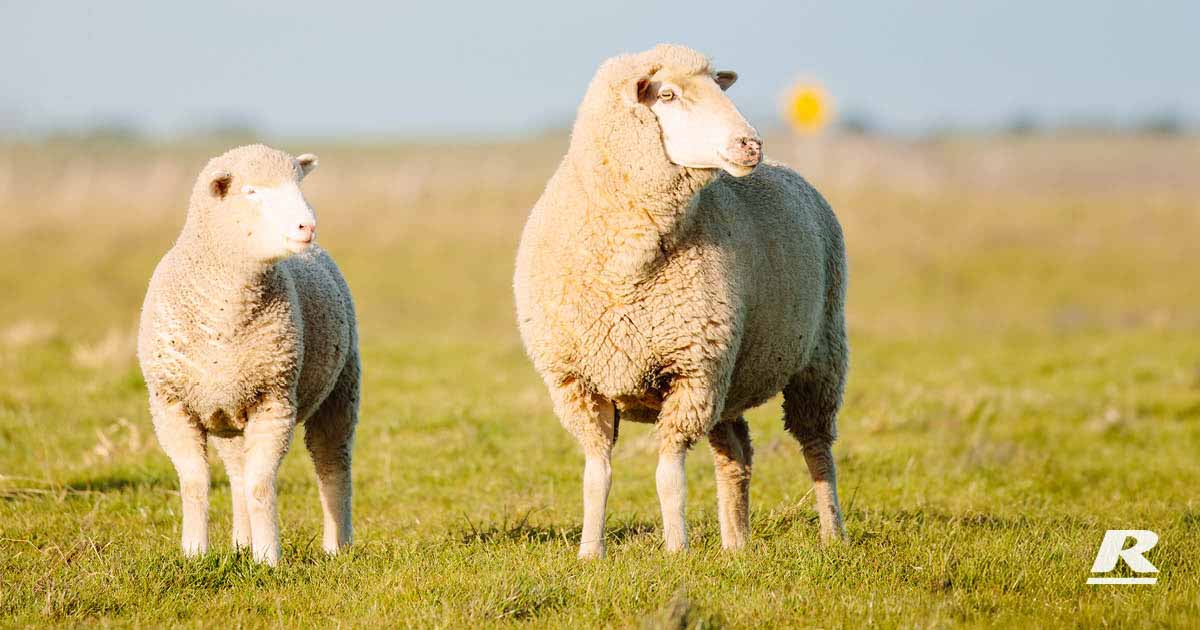Introducing supplements into lamb and sheep feeding
As a leading provider of high-quality supplements, Reid Stockfeeds offers a range of meticulously formulated feeds designed to meet the diverse nutritional needs of lambs and sheep. Our commitment to excellence in feed production, stringent quality control measures, and comprehensive support for farmers reflects our dedication to enhancing livestock health and performance.
Some key takeaways from our Introduction checklist and our introduction to sheep and lamb feeding are:
- Induction Checklist: Before starting the feeding program, ensure that animals have access to good quality forage and are not hungry or thirsty. If there are prolonged interruptions to the feeding program, adjust feeding levels accordingly and gradually reintroduce concentrate.
- Health History: Find out if the animals have a known health history, including vaccinations and previous diseases. Plan your expectations and outcomes on knowledge.
- Background Feeding: Determine if the stock has been backgrounded on pasture, crop, or other feed sources, this will change the approach slightly and the key take home message is keep them full with good quality forage before starting grain.
- Vaccinations and Drenching: Ensure that lambs have received two vaccinations of relevant vaccines at least 14 days prior to starting the feeding program as to farm requirements. Target lice and worm treatments prior to entry and monitor/treat during feeding period as required. Administering injections of Vitamins A, D, E, and B12 before entry into the feedlot. If in doubt seek veterinary advise.
- Bodyweights and Condition: Weigh all sheep and lambs before starting the feeding program and assess their initial body condition score. Separate them into similar weight and sex groups to minimize competitive behaviour. Determine the aim of the feeding program, whether it is maintenance, increasing body condition score, liveweight gain, or reaching a target liveweight for sale. Weigh sheep monthly and adjusting rations accordingly is the optimum way to ensure best results.
- Travel and Stress: Consider if the animals have travelled long distances or spent time in yards without suitable feed and water. Stressed animals or those off feed for extended periods should be introduced to fresh water and provided with suitable hay before introducing grain supplementation and may require more attention to get onto grain.
- Cleanliness: Ensure that feeding areas, equipment, and water sources are cleaned and sterilized.
- Feeding System: Assess the available feeding system options such as ad lib, troughs, self-feeders, automated feeders, or trail feeding. Ensure clean and accessible feeders and control intake.
- Stocking Density: Plan the number of stock to be fed per pen, considering the ideal range of 200-300 per pen with a maximum of 500 per mob. Provide sufficient feeder and trough area per animal 15-25cm/head in trough 4-5cm/head feeder.
- Forage Type and Quality: Supply ad lib forage of good quality and palatability. Assess the forage before starting the program to determine if the sheep and lambs have been consuming it and its quality.
- Water Quality and Quantity: Ensure that the water supply is accessible and of good quality. Assess the water supply for salt content and provide sufficient trough space and water supply.30cm+1.5cm/head and around 5-10 litres/head
- Environment: Provide shade and shelter for the stock, especially during extreme weather conditions. Consider using bales, trees, or shade cloth for shelter and windbreaks.
By considering these points, you can maximize the health and performance of your livestock during the lamb and sheep feeding program.
For more information read our induction checklists or speak to our experts on 1300 REID FEED or enquire here >
Author
Richard Glenn
Regional Sales Manager
SW Victoria
